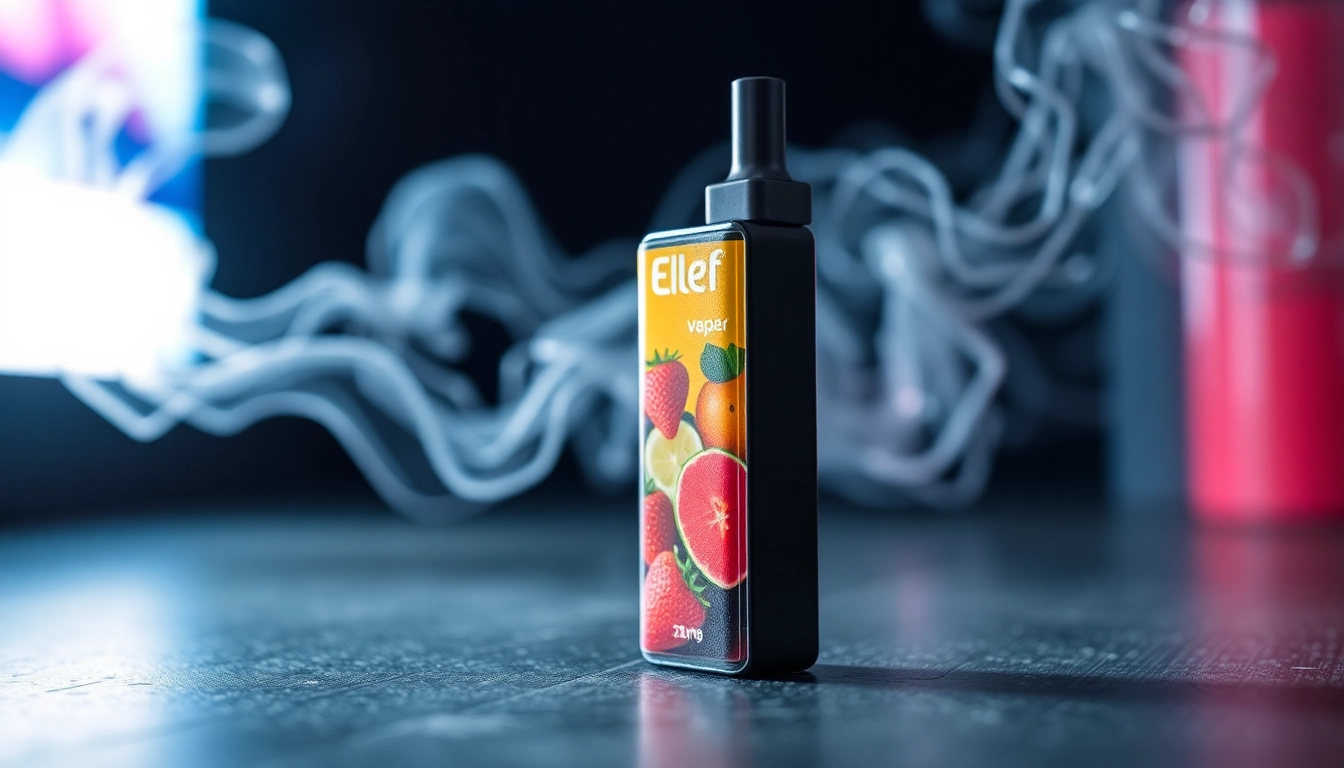Understanding the Importance of Marine Sealant in Protecting Your Boat
Maintaining the integrity and appearance of your boat requires the right protective measures, and one vital component in this process is the use of a high-quality Boots Versiegelung. Marine sealants serve as an essential barrier against environmental elements, preventing damage caused by water, UV rays, and pollutants. Whether you own a leisure boat, yacht, or a fishing vessel, selecting the appropriate marine sealant can significantly extend the lifespan of your craft while enhancing its aesthetic appeal.
What Is Marine Sealant and Why Is It Essential?
Marine sealants are specialized coatings designed to form a durable, protective film over the boat’s surface. They are formulated to withstand harsh marine conditions, including saltwater corrosion, UV exposure, and physical abrasions. Unlike regular automotive waxes or household sealants, marine formulations incorporate advanced polymer or ceramic technologies that ensure long-lasting protection and easy maintenance. Applying a comprehensive Boots Versiegelung not only preserves the boat’s surface but also minimizes costs associated with repairs, repainting, and early deterioration.
Ideally, marine sealants should be compatible with a variety of surfaces, including gelcoat, fiberglass, painted surfaces, and metals. Their primary function is to create a seamless barrier that prevents water ingress and resists chemical and biological fouling, thereby maintaining optimal performance and visual clarity.
Advantages of Using Marine Sealants on Your Boat
- Enhanced Durability: Marine sealants protect against physical wear, salt corrosion, and UV damage, ensuring your vessel remains in pristine condition for longer.
- Improved Aesthetic Appeal: A well-applied sealant gives the hull a sleek, glossy finish that boosts resale value and pride of ownership.
- Ease of Maintenance: Sealed surfaces are easier to clean, as dirt, grime, and algae struggle to adhere to the protective film.
- Cost Savings: Preventing surface damage reduces the need for costly repairs, hull repainting, or gelcoat restoration.
- Environmental Resistance: Marine sealants shield boats from extreme weather, UV rays, and chemical exposure, maintaining integrity even during long periods of inactivity.
Types of Marine Sealants: Choosing the Right One
Polymer-Based Sealants
These sealants utilize advanced polymer technology to provide a flexible, long-lasting protective coating. They bond strongly with gelcoat and painted surfaces, offering excellent water resistance and UV protection. An example is our Power Sealer, which creates a hydrophobic layer, making it difficult for water, dirt, and algae to settle on the surface.
Ceramic Coatings
Ceramic-based sealants form a nano-ceramic layer that provides superior scratch resistance, chemical protection, and stellar gloss. Gtechniq’s Ceramic Top Coat is a prime example, offering near-permanent protection with minimal upkeep, ideal for high-end yachts and vessels exposed to intensive use.
Wax vs. Polymer vs. Ceramic
While traditional waxes are easy to apply and produce a good shine, they wear off faster and require frequent reapplication. Polymers and ceramics offer enhanced longevity, with ceramics providing the most durable and high-tech protection. The choice depends on your budget, maintenance preferences, and the level of protection needed.
How to Select the Best Marine Sealant for Your Boat
When choosing a marine sealant, consider the following factors:
- Surface Compatibility: Ensure the sealant adheres to gelcoat, fiberglass, or painted surfaces of your boat.
- Protection Duration: Opt for products with proven longevity—some ceramics claim protection lasting up to several years.
- Ease of Application: Choose sealants that can be applied with standard tools and without requiring extensive surface prep.
- Environmental Resistance: Select formulations that withstand saltwater, UV rays, and chemicals typical of your boating environment.
- Environmental Impact: Consider eco-friendly options that reduce ecological footprint during application and wear.
Step-by-Step Guide to Applying Marine Sealant Perfectly
1. Prepare the Surface
Healthy, clean surfaces are crucial for optimal adhesion. Begin with removing salt deposits, dirt, and old wax or sealant using the BCC Power Cleaner or similar marine-grade cleaner. Watch for any cracks or damages that may need repair before sealing.
2. Polish if Necessary
For surfaces with scratches or oxidation, polishing with dedicated compounds like BCC Power Polish can restore surface smoothness and improve sealant adherence. Use appropriate polishing pads such as the BCC Polierpuck or soft foam buffing pads for even results.
3. Apply the Sealant
Using a foam applicator, microfibre towel, or dedicated sealant applicator, evenly distribute the marine sealant on the surface. Follow the manufacturer’s instructions regarding curing times and layer thickness. For ceramic coatings, multiple coats may be recommended for added durability.
4. Cure and Buff
Allow the sealant to cure as specified—usually several hours to overnight. Once cured, use a clean, soft microfibre towel like the BCC Microfaser Towel to buff the surface to a high gloss, removing any streaks or excess product.
5. Regular Maintenance
Maintain your protective layer by washing regularly with fresh water and using specific boat cleaning products. Reapply sealant periodically based on wear and environmental exposure, typically every 1-3 years.
Tips for Ensuring Long-Lasting Protection
Consistent Cleaning Routine
Regular washing with gentle, marine-safe cleaners preserves the integrity of the sealant. The use of microfiber towels and soft brushes, like the BCC Towels Vorteilspack and BCC Waschhandschuh, reduces surface scratches and maintains gloss.
Protection from UV and Physical Damage
Applying additional UV blockers or maintaining an awning can prolong protective coatings. Avoid abrasive cleaning tools that can damage the sealant, and promptly repair any scratches or chips.
Timely Reapplication
Keep track of your last sealing date. When signs of dullness or water spots appear, it’s time for a reapplication. Many high-grade sealants, including ceramic coatings, are designed for easy top-up applications.
Common Challenges and Expert Solutions
Uneven Application or Streaks
To avoid streaks, ensure the surface is dust-free and the application tools are clean. Work in manageable sections and buff gently with microfiber towels.
Sealant Not Adhering Properly
Proper surface preparation is key. Remove any residual wax, grease, or old sealant. If adhesion issues persist, consider lightly sanding the surface with appropriate grit before reapplying.
Short-Lived Protection
This may result from environmental stressors or improper curing. Use higher-quality products, follow curing instructions precisely, and consider upgrading to ceramic coatings for maximum longevity.
Frequently Asked Questions About Marine Sealant
How often should I reapply marine sealant?
Typically, high-quality sealants last 1-3 years depending on exposure. Regular inspections and cleaning will help determine when reapplication is necessary.
Can I apply sealant on a wet surface?
No. For optimal adhesion, surfaces should be thoroughly dry and free of dirt, salt, and oils. Using the BCC Snow Foam Gun can facilitate cleaning before sealing.
Professional vs. DIY application: Which is better?
While professionals can ensure perfect application, modern sealants and detailed instructions make DIY sealing feasible for boat owners committed to maintenance. Proper preparation and patience yield excellent results.



